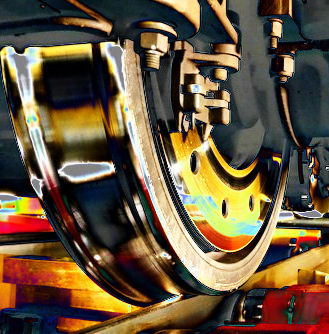CSIRO backs rail savings
 CSIRO says Australia could save over $200 million in transport costs per year by using inland rail.
CSIRO says Australia could save over $200 million in transport costs per year by using inland rail.
Australia’s national science agency, CSIRO, has undertaken research and consultations over the course of two years to understand which supply chains might use Inland Rail. This research was used as inputs for CSIRO’s Transport Network Strategic Investment Tool (TraNSIT).
Inland Rail is an ongoing project to connect Melbourne and Brisbane via regional Victoria, New South Wales and Queensland. The 1,700km rail project is intended to connect producers to markets and create new opportunities for businesses, industries and regional communities.
Construction commenced in 2018 and is anticipated to be completed in 2027.
Of the 140 commodities modelled by TraNSIT at the time of the analysis, 94 had the potential to use Inland Rail.
Across these commodities, which range from horticulture, wood products to processed food, there was a total annual cost reduction of $213 million.
This includes $34.5 million per year cost reduction for existing rail users shifting to Inland Rail, as well as $178.5 million per year cost reduction for 2.28 million tonnes of road freight shifting to Inland Rail.
The Inland Rail Supply Chain mapping involved extensive engagement with industry and local governments in the vicinity of Inland Rail to ensure the latest and best information was used.
TraNSIT represents the largest supply chain mapping of Australian freight.
The logistics tool uses detailed vehicle operating costs models for both road and rail transport, which are applied to every supply chain movement, from point of production through to the market or export port.








 Print
Print